Our client, XRHealth, recently highlighted the value of anonymity and the ability to participate from the comfort of one’s own home during emotionally loaded support group therapy. XRHealth therapists not only moderate group conversation but they leverage the 3D avatar bodies and the shared environment to include physical exercise and stretches during sessions.
“Traditionally, groups meet in person, but online and virtual support groups are becoming more popular and accessible due to technology, especially during the COVID-19 pandemic. Online and virtual meetings are particularly beneficial for those who are homebound, have social anxiety, live in a rural area, have hectic schedules, or prefer anonymity.”
“Foretell Reality has developed an avatar-based, multi-participant virtual reality platform specifically designed for group therapy. At XRHealth, the ability for our patients and moderators to connect with each other through VR is powered by Foretell Reality”
Read more here and be sure to scroll down to watch the video.



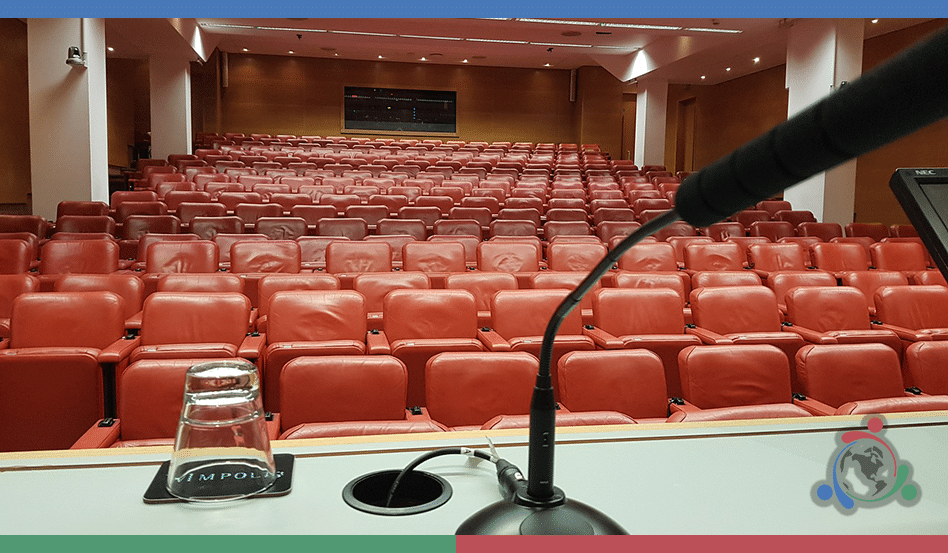


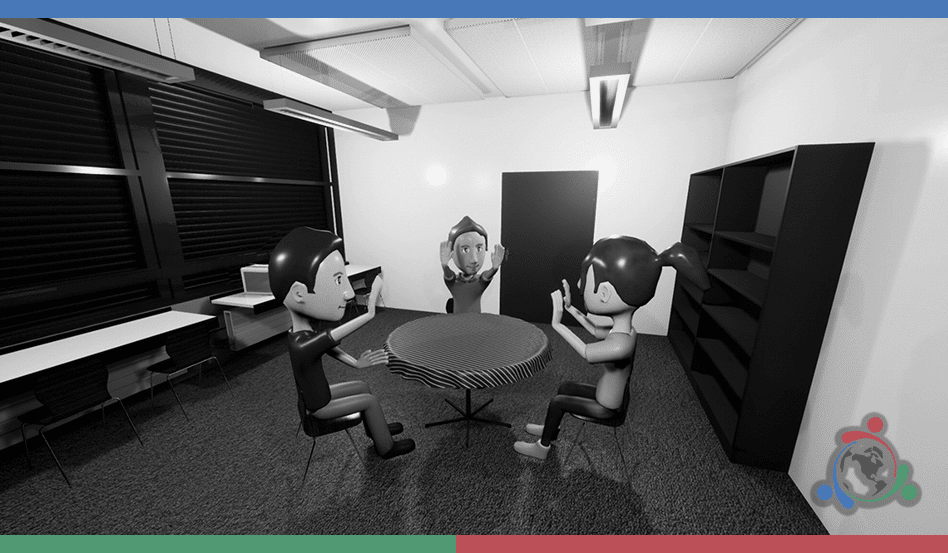
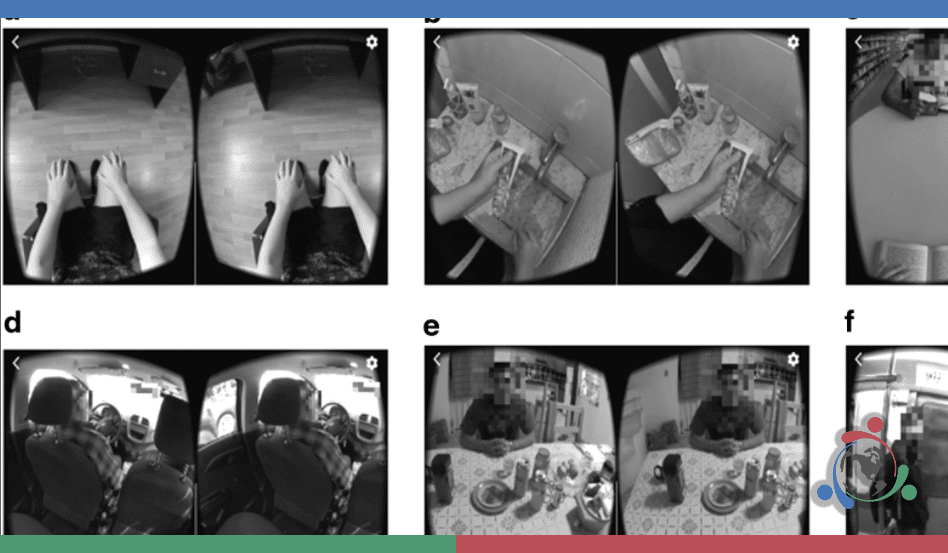
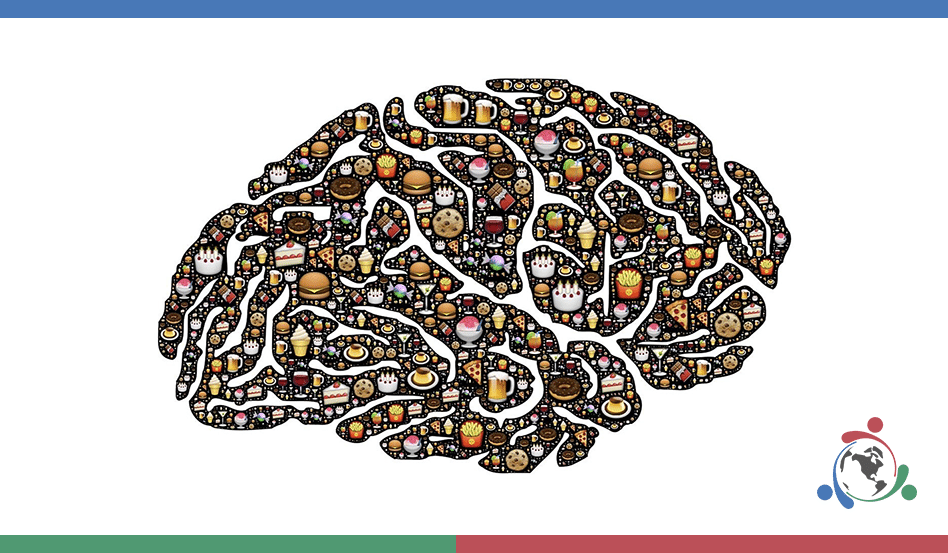
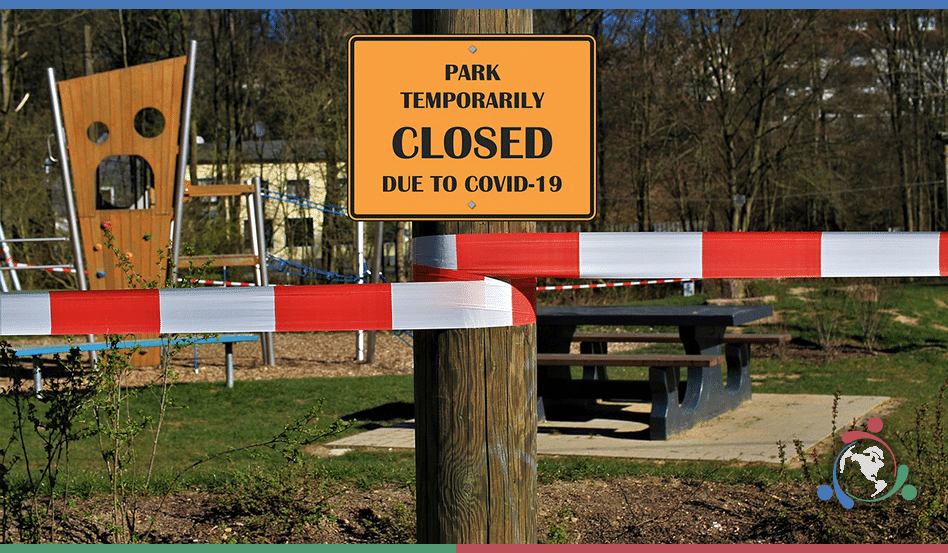
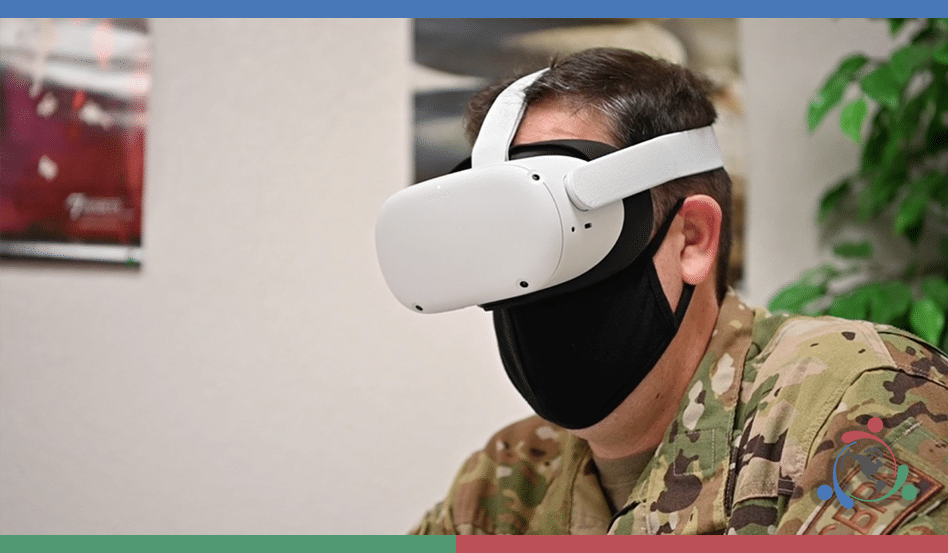







Recent Comments